After many years away from the country of her birth, Sujata Bhatt wonders if it’s finally time to share her memories of India.
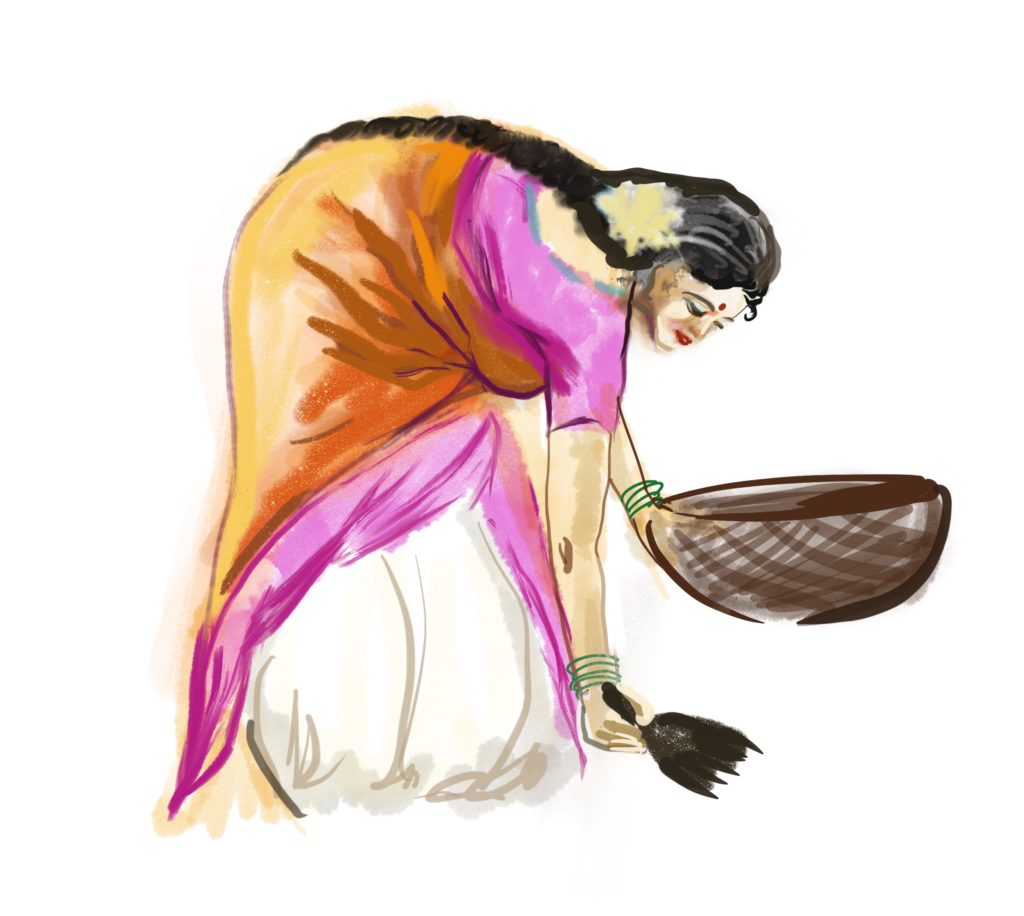
“One of the finest poets alive…”
New Statesman
I sometimes include in these blogs a warning not to assume the writer and the speaker of a poem is the same person. Today, we can make an exception. Sujata Bhatt was, in fact, born in Ahmedabad, details of which are included in this poem: the Radhavallabh temple is a real place in Maninagar, the state capital of Gujarat province in India. (She was born here, grew up in Pune, also a city in India. Later, Bhatt emigrated to America, and now lives in Germany.) Bhatt has spoken about how this poem recounts her own childhood memory. The central idea is repeated: she has thought so much about a girl she frequently encountered on the street outside of her house in Maninagar. The encounters were brief; and Bhatt was very young so she didn’t appreciate at the time how significant the image of the girl would become. Nevertheless, in the years since she has dwelt on this memory, turning it over and over, wondering how to use the girl in her poetry – or whether she should even use her at all.
I have thought so much about the girl
who gathered cow dung in a wide, round basket
along the main road passing by our house
and the Radhavallabh temple in Maninagar.
I have thought so much about the way she
moved her hands and her waist
and the smell of cow-dung and road-dust and wet canna lilies,
the smell of monkey breath and freshly washed clothes
and the dust from crows’ wings which smells different –
and again the smell of cow-dung as the girl scoops
it up, all these smells surrounding me separately
and simultaneously – I have thought so much
but have been unwilling to use her for a metaphor,
for a nice image – but most of all unwilling
to forget her or to explain to anyone the greatness
and the power glistening through her cheekbones
each time she found a particularly promising
mound of dung –
The secret to understanding this poem is to read it as written, not to go searching too hard for elusive details or secret allusions. Of course, it’s interesting to know that the Radhavallabh temple in Maninagar is a place dedicated to the worship of Radharani, a Hindu God. It’s also good to know that Muliebrity is a word from Latin, meaning ‘womanhood’. But Bhatt tells us quite resolutely that this girl is not a symbol (a nice image) for anything or anybody other than herself. And if you didn’t know those contextual facts, it wouldn’t stop you appreciating the power glistening through her cheekbones in spite of – or perhaps because of – her humble position in the world.
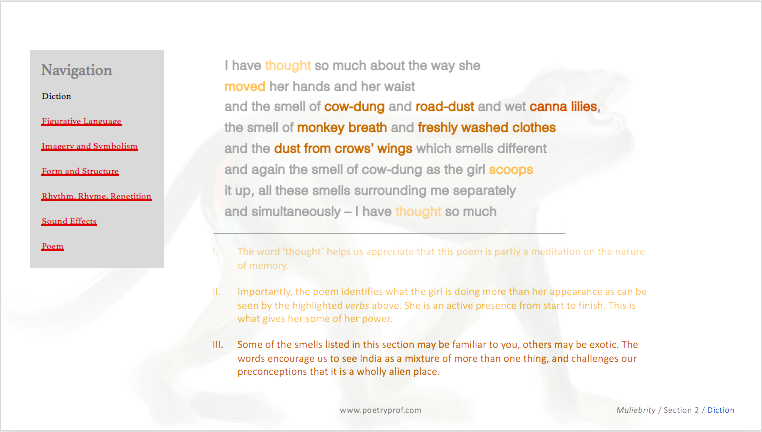
Bhatt’s poem suggests that extraneous information gets in the way of us seeing the girl as an individual. It’s like a smokescreen clouding our vision, upon which we project our own idea of what we should see. So ironically, having found out all the background details of the poem, the best thing you can do is just forget about them and try and see the girl as she appears in Sujata Bhatt’s memory. She’s not a symbol of womanhood, because there is no accurate symbol for this – and, remember, Bhatt tells us (twice) she’s unwilling to use her…as a nice image. Womanhood (Muliebrity) is many things and cannot be represented in one all-encompassing metaphor. Rethink poverty too. The girl is not a victim of poverty. She’s proactive, gathering dung from the first line to the last. Bhatt wants us to see her as a person in her own right, graceful and alert, her face radiating power and greatness rather than as an object of shame or deserving of our pity.
This is particularly true given the poem’s cultural context. The Indian caste system all but prescribes the opinions people hold about other people from the moment of their birth. A girl gathering cow-dung from the street occupies one of the lowest positions of this hierarchy. However, the poem doesn’t ask us to pity her or become angry on her behalf. It doesn’t try to recruit her image as the face of some cause. Bhatt simply shows you what the girl is doing and asks you to consider the possibilities of her life. For example, your first reaction to the idea of gathering cow-dung might have been one of disgust. But take a moment to think about the connotations of cow-dung. One: in India and Pakistan cow-dung has long been used as fuel. Two: for Hindus, the cow is a sacred animal worshipped as an aspect of Aditi, the mother of all Gods. In these cases, collecting dung would be a familial or even religious duty. Three: in many countries, cow-dung is used in agriculture as a fertilizer. There is a multiplicity of associations you can make and reactions you might have to the scene Bhatt presents, so take care to work through the possibilities.

Doing so will help you think about how the poem challenges us to abandon any stereotypes we might hold about ‘beauty’ or ‘femininity’ and allow Bhatt’s words to draw an entirely original picture of the girl. You might have noticed that Bhatt focuses only on externalities. She never presumes to take us inside the girl’s mind, choosing instead to let us see only slight details. These are selected with purpose. Take the parts of the girl she points out to us: her cheekbones, hands, and waist. These are oft-cited parts of a woman’s body, and can be used to represent ideals of femininity or beauty. Taking parts of something to stand for a whole is a technique called synecdoche (pronounced sin-ek-da-key; you can find out more about synecdoche by visiting this fantastic photography blog). Bhatt uses it here, deliberately mixing these parts of a woman’s body with less familiar words and images: cow-dung, monkey breath, road-dust. The effect of this is to challenge typically-held notions of what a ‘beautiful’ girl might look like, or what a ‘powerful’ woman might do. Look how there are no adjectives describing the girl. You can’t expect the poem to help you too much; after all, Bhatt writes she is unwilling to explain to anyone! Despite the sparsity of description, a fully rounded person with her own vibrant inner life can be sensed glistening through her cheekbones. A lot is left up to the reader: take the flashes and snatches Bhatt gives you and create a picture of the girl for yourself.
To achieve this feat of imagination, the poem works hard to put our focus on the girl; in the first few lines she is the centre of attention. Look how the lines are structured like a camera zooming out, giving us a sense of scale while keeping the girl firmly in the middle of the scene:
I have thought so much about the girl
who gathered cow dung in a wide, round basket
along the main road passing by our house
and the Radhavallabh temple in Maninagar.
We begin with a ‘medium-shot,’ enough to see the girl and what she is doing; gathering cow dung in a wide, round basket. Then the camera slowly pulls back to reveal more of the setting: the main road, a house, a temple and finally Maninagar – a whole city. In this brilliant, busy panoramic, the girl remains fixed in the centre, suggesting she’s a vital part of the wider community. Incidental details such as the wide, round basket imply the strong impression she made on Sujata Bhatt. Many years later she still remembers these details clearly.
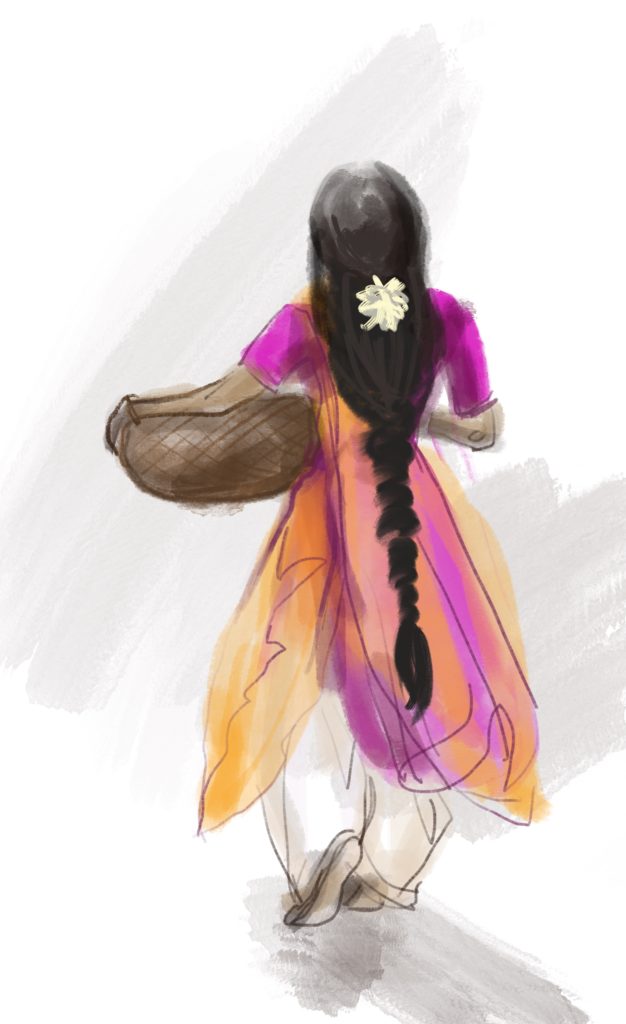
Despite the scope of the image Bhatt never loses sight of the girl, and between lines 4 and 5 the camera snaps back into ‘close-up’ again: we focus now on her hands and her waist. In fact, thanks to the poem’s liberal use of enjambment (by which Bhatt deliberately chooses where to break each line) these words are isolated on a line of their own. These elements, which include a sense of movement, are crucial in making her come alive in our minds. She’s not a symbol of womanhood; she’s vivid and real.
The poem does more than free the girl from the weight of symbolism: over time she has become a vital part of Bhatt’s memories of home, inextricably part of the picture she carries in her mind. The repetition of I have thought (repetition of words positioned at the beginning of a line is called anaphora) as well as the admission that she is unwilling to forget her suggests the girl has become a part of the poet’s identity, a vital part of the way she sees – and remembers – herself. Too, did you notice the little word our in the first line used to insert the poet into the childhood scene?
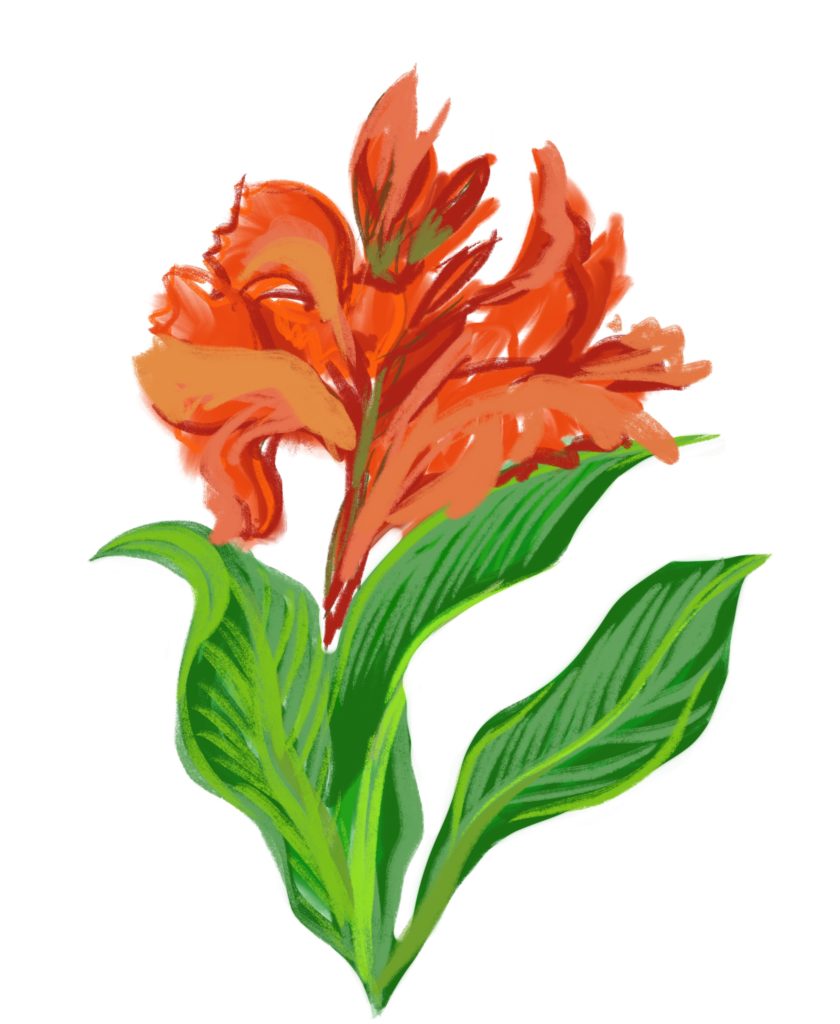
Once the memory of the girl, that Bhatt has kept to herself for so long, is released, it kick-starts a whole chain of memories and associations, and the scope of the poem broadens once again. Actually, the poem is only nominally about the girl – it’s much more about memory (after all, the first words of the poem are I have thought). There’s a literary context of stories that are actually memories triggered by something smelled, heard or tasted: they are called Proustian memories, after the French author Marcel Proust’s novel In Search of Lost Time whose narrator struggles to remember a detail from his past… until the taste of a madeleine cake brings it all flooding back. (I think it’s stretching the concept to call Muliebrity a Proustian memory, but I like the idea.) Anyhow, the poem reminds us that memory is not only visual; it is made up of all the sights, sounds and smells that form our day-to-day perceptions. Look how the memory of cow-dung prompts the recollection of other smells: road-dust; wet canna lilies; monkey breath; freshly washed clothes; dust from crows’ wings; and back to cow-dung again. In this section, the shape and form of memory, the way thoughts flow and collide into each other, shaking them loose, might be suggested though anaphora (and the smell… the smell… and the smell again); the way memories can echo, circle, distort and amplify is suggested through repetition of words and enjambment. We already know that Sujata Bhatt emigrated from India, but that doesn’t mean she left India entirely behind: the feeling of nostalgia as Bhatt lets each smell pour out one after another is thick. Polysyndeton (the linking of items together in a list using ‘and’) helps with this.
Despite Bhatt’s rich and vivid memories of Maninagar, her poem always circles back to the girl. Bhatt admits that writing a poem about her was a challenge, in particular how to communicate her memory of the girl without resorting to cliché or activating her readers’ preconceptions. She says she has been unwilling to use her as a metaphor, or as a nice image. This is possibly the most ambiguous line of the poem. Begin by considering what is a metaphor. Metaphors involve the substitution of one thing for a comparison; the transformation of one thing into another. If Bhatt wants us to appreciate the girl as she is, not to transform her for our delight, to present her figuratively, or use her as a political symbol, that might help to explain this difficult line. The girl is who she is, and no less beautiful or powerful for it.
Do you think there is some kind of substitution happening regardless? There’s something in common between the girl finding a particularly promising mound of dung and the writer creating lovely poetry out of the arrangement of ordinary – even ugly – words. Beauty comes from the unseen and neglected as much anywhere else. Take Bhatt’s use of sound in the poem as a case in point: the poem is rich in blended sound. Much of the beauty of hearing it read aloud comes from assonance: the way she moved her waist; cow-dung and road-dust; monkey breath and freshly washed clothes (in which assonance combines with sibilance to recreate breath and the humid air for us); cheekbones each; mound of dung are just a few examples. Try to find a couple more: Bhatt’s poem is full of these aural pairs, blends and harmonies. Arranging sounds in a way that repeats and blends soft consonants and vowels is called euphony: it is an unseen but crucial part of the poem’s greatness, and it is no great stretch to compare this with the unseen, unsaid parts of the girl that contribute to her greatness too.
- With thanks to Bridget Raju and Molly for help with the etymology of ‘muliebrity’.
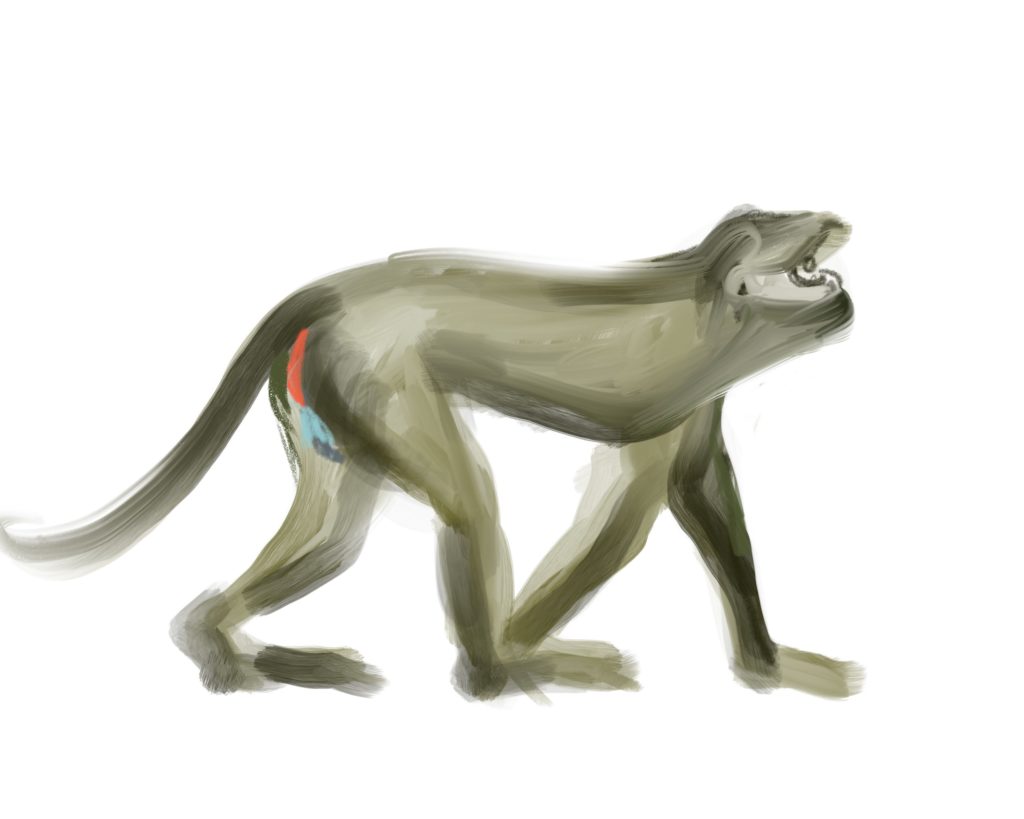
Suggested Poems for Comparison:
- Search for My Tongue by Sujata Bhatt
In this interview, Bhatt speaks about how, living her life between India and other countries, she feels a ‘disjointed’ identity, and how her writing doesn’t fit into either Eastern or Western traditions. Arguably her most famous poem, Search for My Tongue is born out of that feeling that, wherever she is, she just doesn’t fit.
- I Won’t Let You Go by Rabindranath Tagore
In this stunning poem, Tagore meditates on what it is to leave and be left, and how we spend our lives trying to cling to things that we can’t keep. More universal than Bhatt’s Muliebrity, it nevertheless makes a really interesting counterpoint to the way she holds on so dearly to a cherished memory.
I love this poem not only because of its amazing title. The key word is ‘reflections,’ and the more the poem goes on, the more the speaker wonders if the summer of his memory really happened the way he remembers it.
Additional Resources
If you are teaching or studying Muliebrity at school or college, or if you simply enjoyed this analysis of the poem and would like to discover more, you might like to purchase our bespoke study bundle for this poem. It’s only £2 and includes:
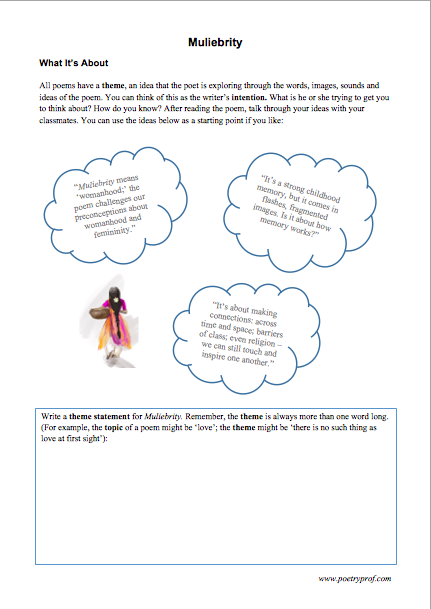
- 4 pages of activities that can be printed and folded into a booklet for use in class, at home, for self-study or revision.
- Study Questions with guidance on how to answer in full paragraphs.
- A sample Point, Evidence, Explanation paragraph for essay writing.
- An interactive and editable powerpoint, giving line-by-line analysis of all the poetic and technical features of the poem.
- An in-depth worksheet with a focus on explaining synecdoche.
- A fun crossword-quiz, perfect for a recap lesson or for revision.
- 4 practice Essay Questions – and one complete model Essay Plan.
And… discuss!
Did you enjoy Muliebrity? Can you explain why Sujata Bhatt was so reluctant to use the girl from her past as an image in her writing? What impressions does the poem communicate to you of India? Why not write your thoughts, leave your impressions, or start a discussion in the comment section below. And, for daily nuggets of analysis and all-new illustrations, don’t forget to find and follow Poetry Prof on Instagram.
Hello! Thank you for all your excellent work on these poems–your site is such a valuable resource. I think there is an inaccuracy in this post, however; I know nothing about Gujarati, but ‘muliebrity’ is (also?) an English word that comes from the Latin ‘mulier’, or woman. ‘Virility’ is the masculine equivalent, from ‘vir’, or man.
hi Molly, thank you for your comment. You are right; I have it on good authority that the word ‘muliebrity’ is from Latin, not Gujarat. I’ve corrected the etymology of the word in the blogpost.
Thanks again, and hope you keep enjoying the website.
Is “the way she moved her hands and waist” really synecdoche? Synecdoche would be if she was referred to as a pair of hands or waist. ‘she’ is still being referred to as a whole here, just part of herself is being focussed on.
Hi Ed,
Yes, i think it is. The title of the poem asks us to consider ideas of ‘womanhood’ and I think the choice of body parts deliberately focuses on the parts of a whole in this regard.
That said, i wouldn’t disagree with anyone who preferred to consider this as ‘symbolism’, ‘association’ or simple ‘connotation’ instead.
Hi there, thanks for the response. Your analysis is excellent, and really useful. I realise the tone of my comment read back was a lot more negative than I had intended!